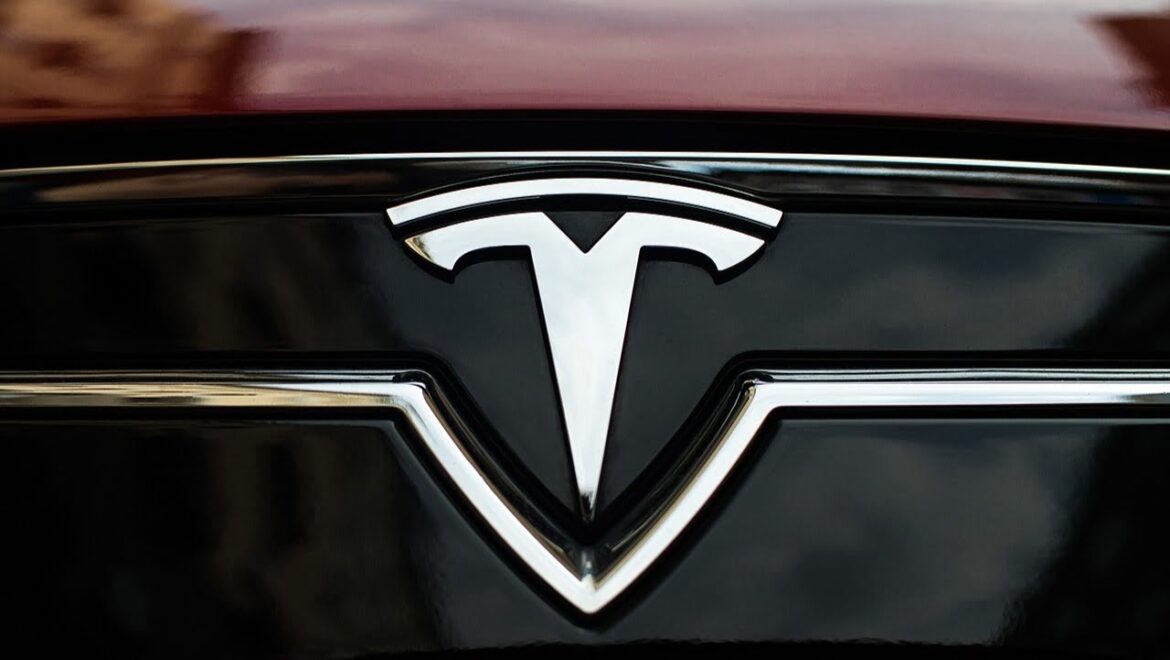
Tesla, the pioneering electric vehicle manufacturer, reported a staggering 45% drop in its second-quarter profit, which fell to $1.48 billion. This significant decline comes as a surprise to many, especially considering the aggressive price cuts and the introduction of low-interest loans aimed at boosting sales. Despite these strategic moves, the company has struggled to maintain its previous profit levels, highlighting the challenges it faces in an increasingly competitive market.
Sales Drop Despite Incentives
The primary factor behind Tesla’s disappointing financial performance is a noticeable drop in sales. The company’s attempts to stimulate demand through substantial price reductions and attractive financing options have not yielded the expected results. Analysts attribute this to a combination of market saturation and intensified competition from both traditional automakers and new entrants in the electric vehicle space. The sales figures, which failed to meet the optimistic forecasts, underscore the difficulties Tesla faces in sustaining its growth trajectory.
Market Saturation and Increased Competition
Market analysts have pointed out that Tesla is experiencing the effects of market saturation in key regions, such as North America and Europe, where early adopters have already made their purchases. Additionally, the competition has become fiercer, with established car manufacturers ramping up their electric vehicle offerings and newer companies introducing innovative models. This increased competition has diluted Tesla’s market share, making it harder for the company to dominate as it once did.
Impact of Global Economic Conditions
Global economic conditions have also played a significant role in Tesla’s financial challenges. Rising interest rates and economic uncertainties have made consumers more cautious about making large purchases, such as electric vehicles. While Tesla’s low-interest loan offerings were designed to counteract these trends, they were not sufficient to completely offset the broader economic pressures. As a result, potential buyers have postponed or canceled their plans to purchase new vehicles, further impacting Tesla’s sales.
Investor Reactions and Stock Performance
Investor reactions to the profit decline have been mixed. While some remain optimistic about Tesla’s long-term prospects and its ability to innovate, others are concerned about the immediate financial health of the company. The news of the profit drop caused a noticeable dip in Tesla’s stock price, reflecting the market’s apprehension. However, some analysts believe that Tesla’s strong brand and loyal customer base will help it weather this storm and eventually return to profitability.
Looking Ahead: Strategies and Challenges
Looking forward, Tesla faces a critical period where it must reassess its strategies to regain its financial footing. The company is expected to focus on expanding its market presence in emerging economies, where there is still significant growth potential. Additionally, continued advancements in technology and production efficiency will be crucial for maintaining a competitive edge. While the current financial results are a setback, Tesla’s innovative spirit and adaptability may prove essential in overcoming these challenges and securing a brighter future.
In summary, Tesla’s 45% drop in second-quarter profit to $1.48 billion highlights the complex and multifaceted challenges the company faces. From market saturation and increased competition to global economic pressures, Tesla must navigate a tough landscape to sustain its growth and profitability. The coming months will be pivotal in determining how the company adapts and responds to these hurdles, shaping its trajectory in the rapidly evolving automotive industry.
References
https://www.nytimes.com/topic/company/tesla-motors-inc
https://www.theguardian.com/technology/tesla
